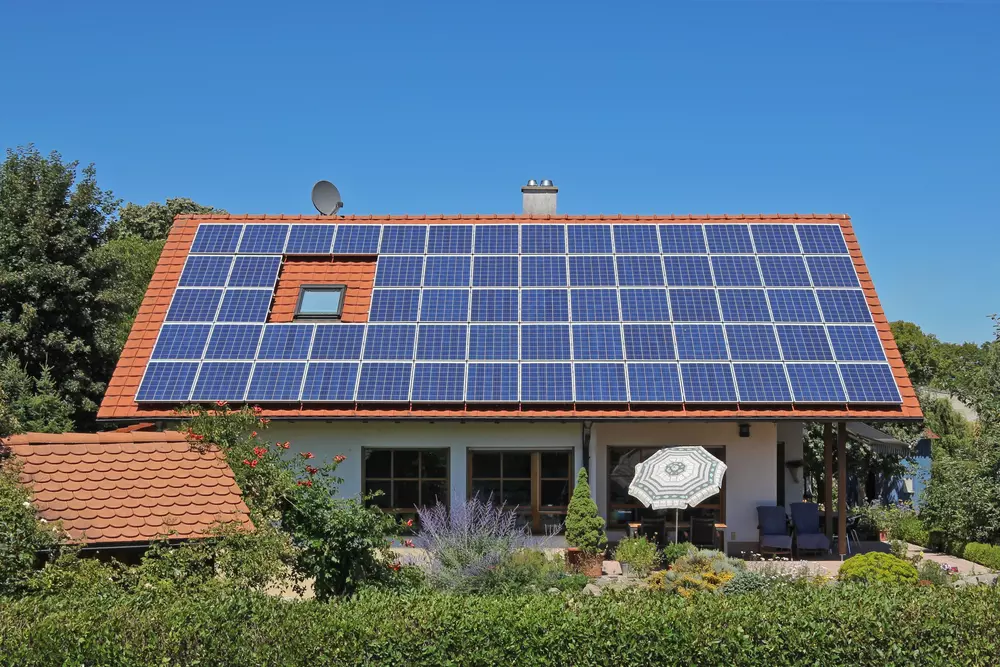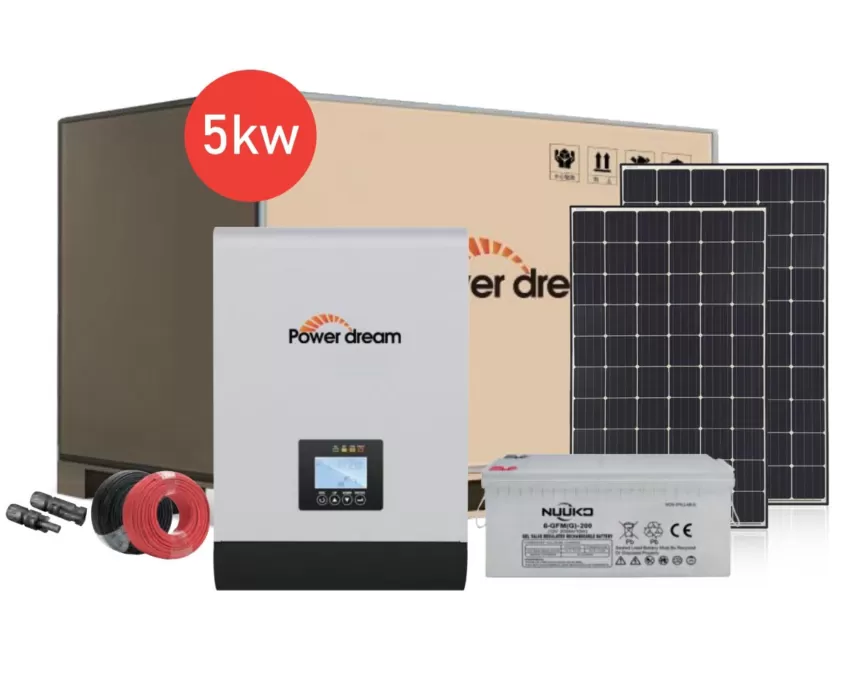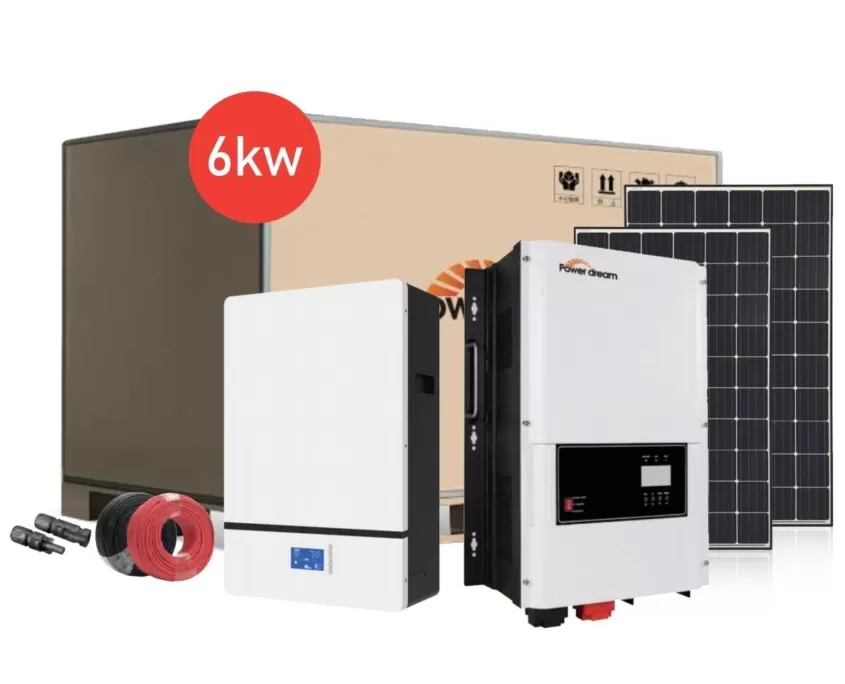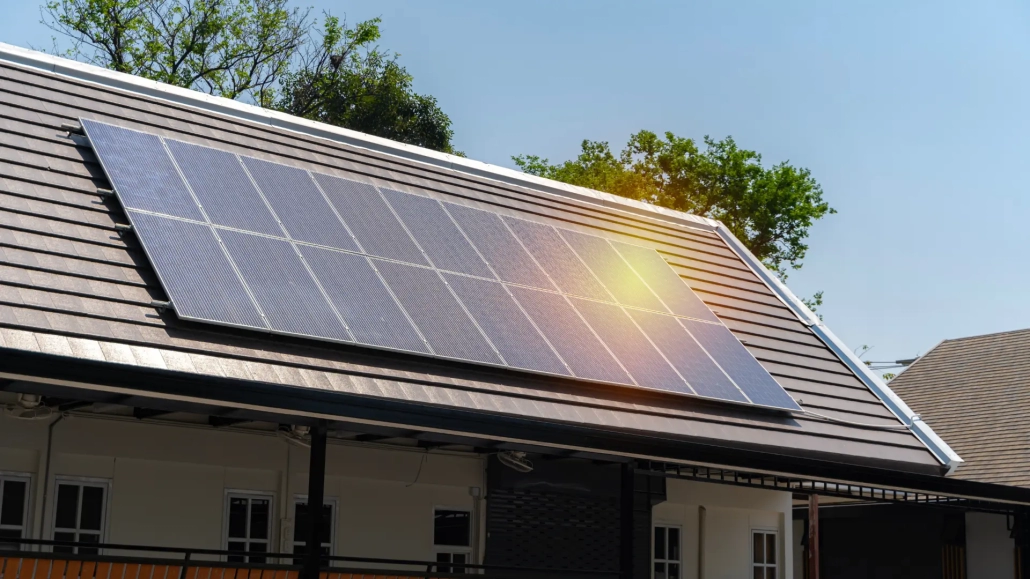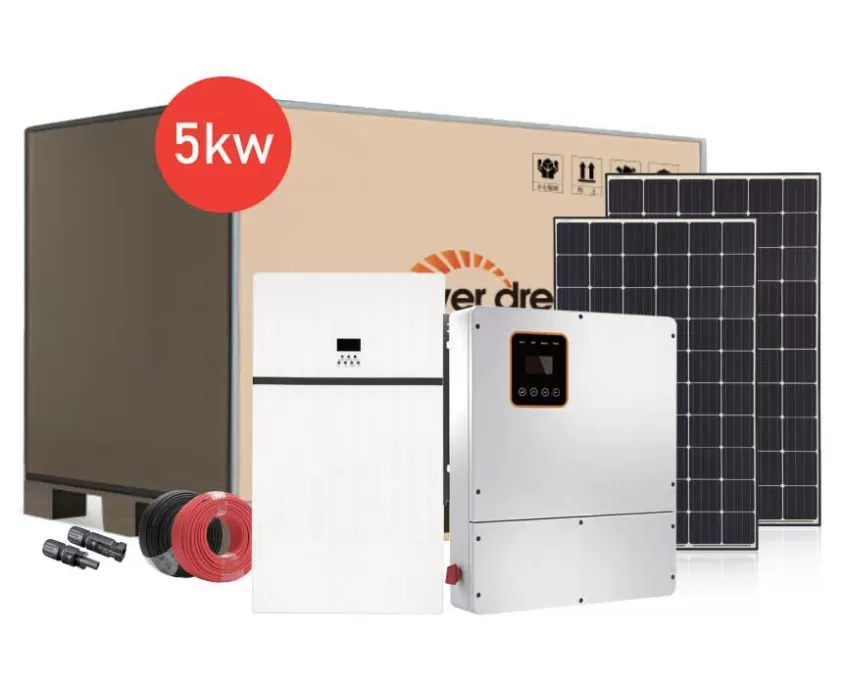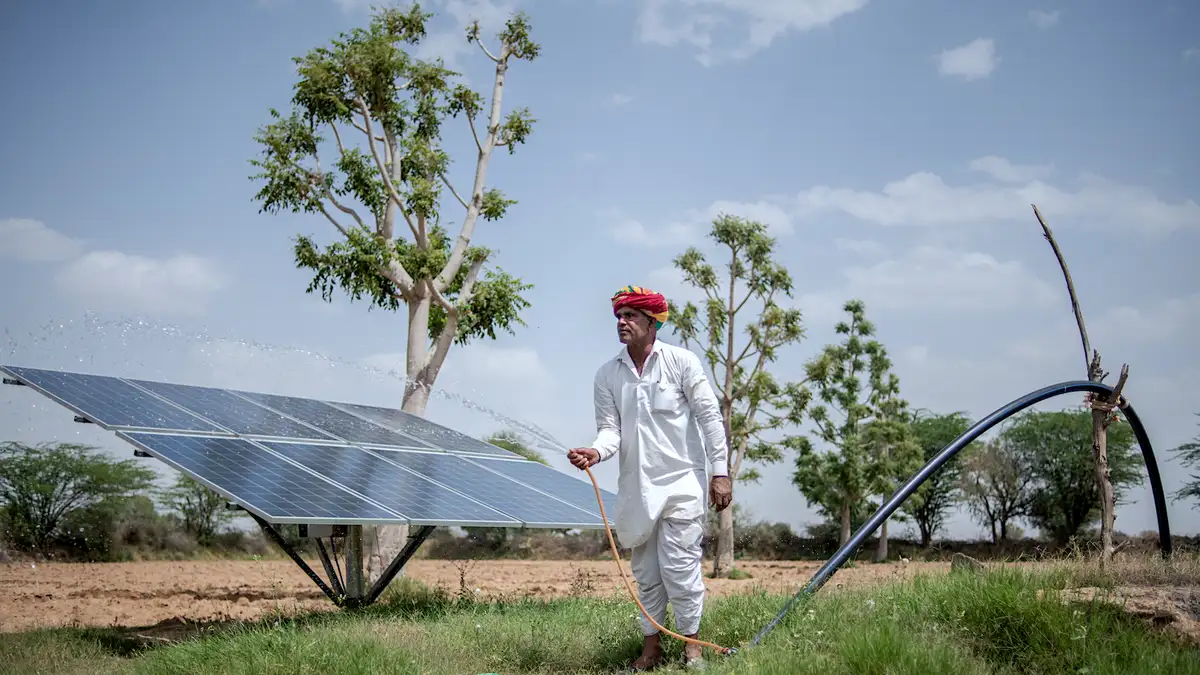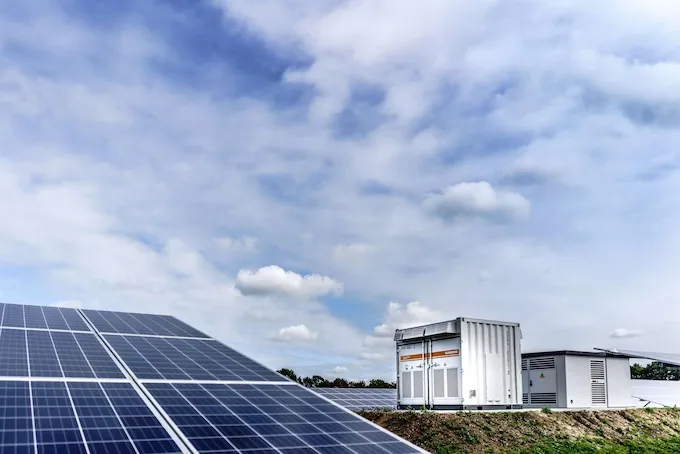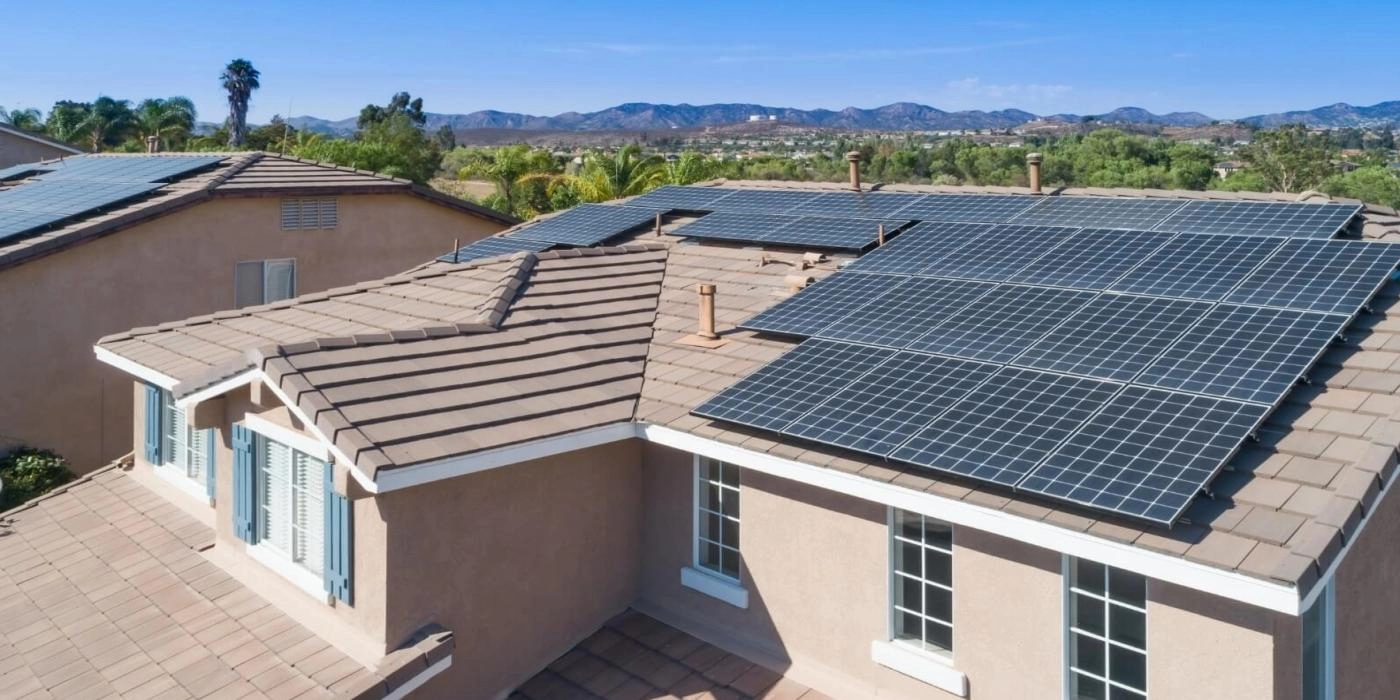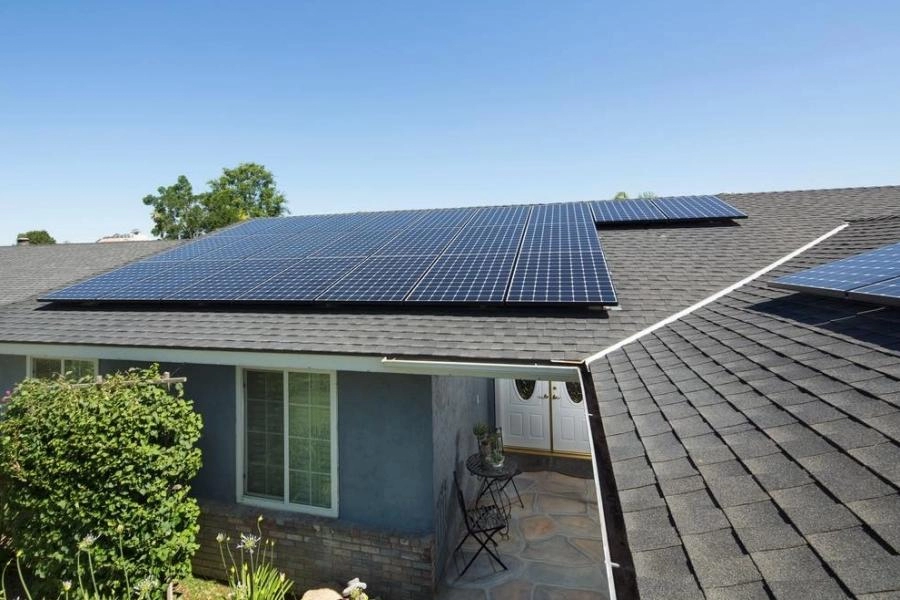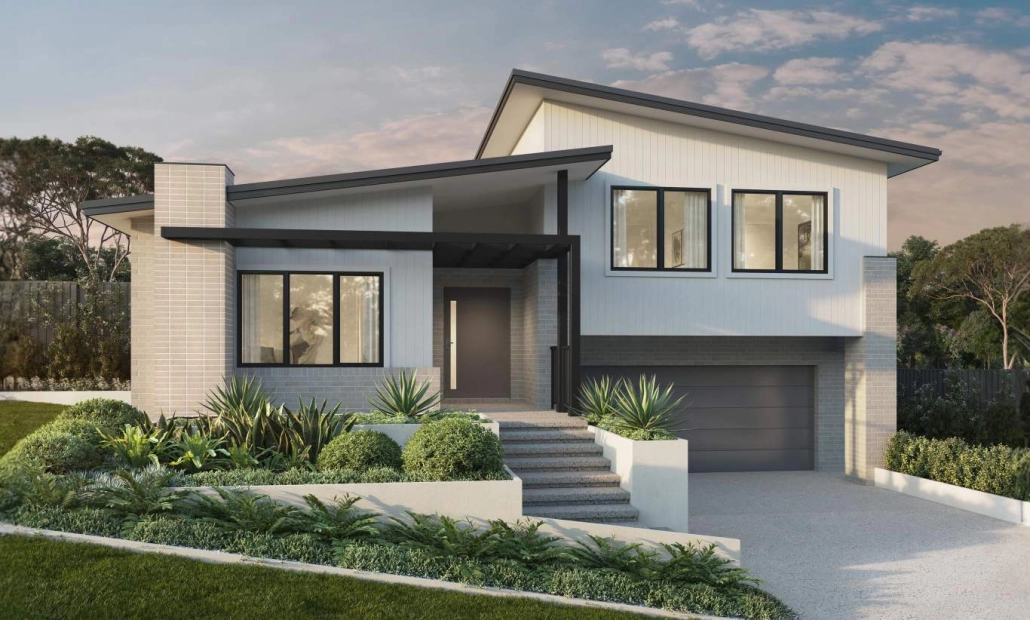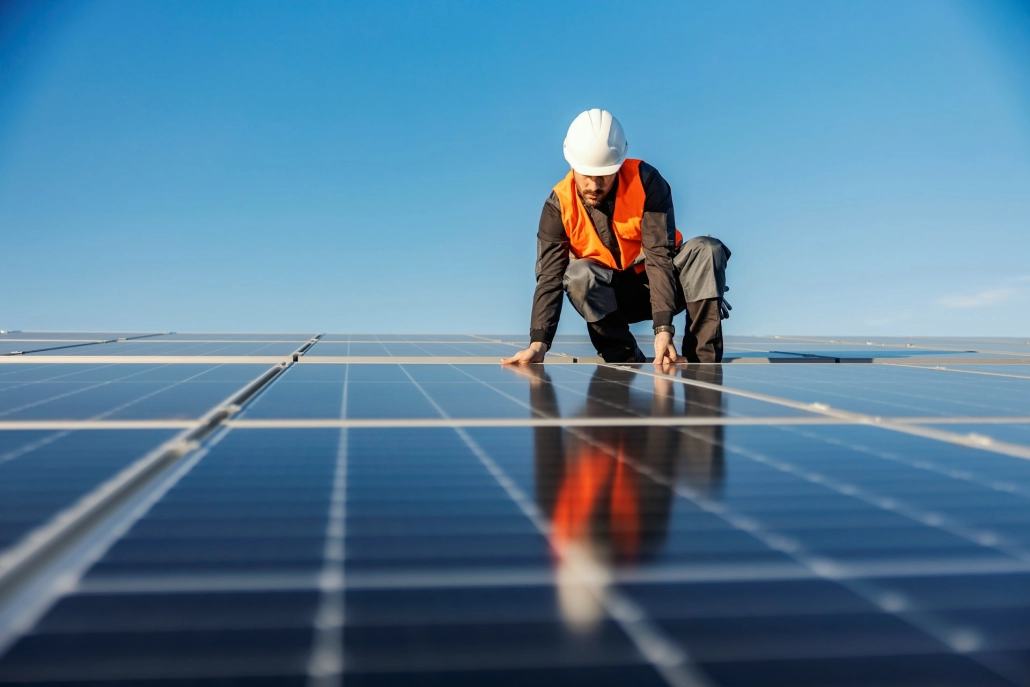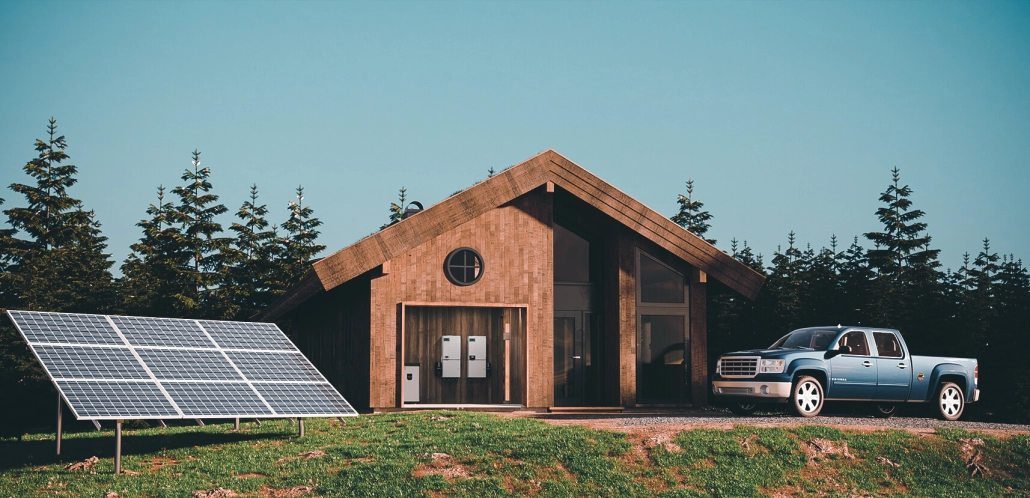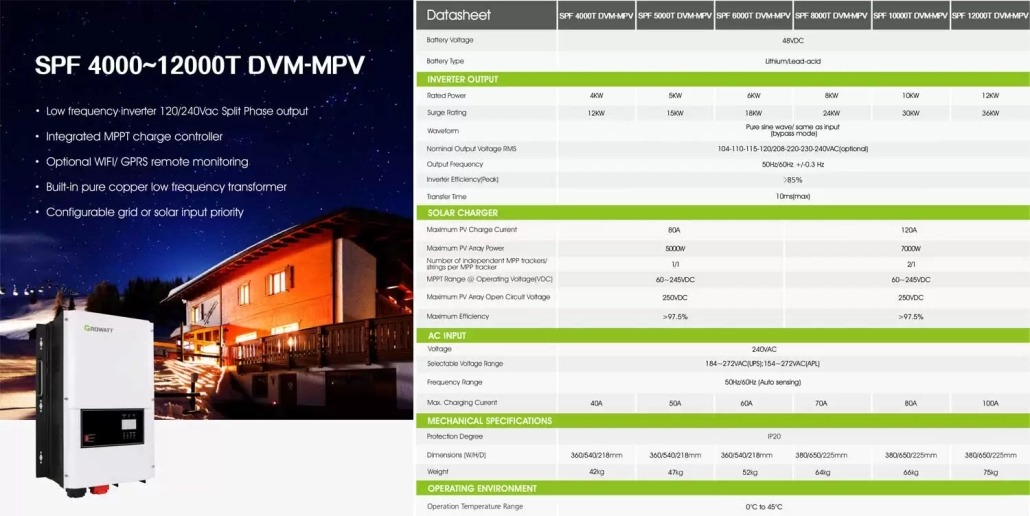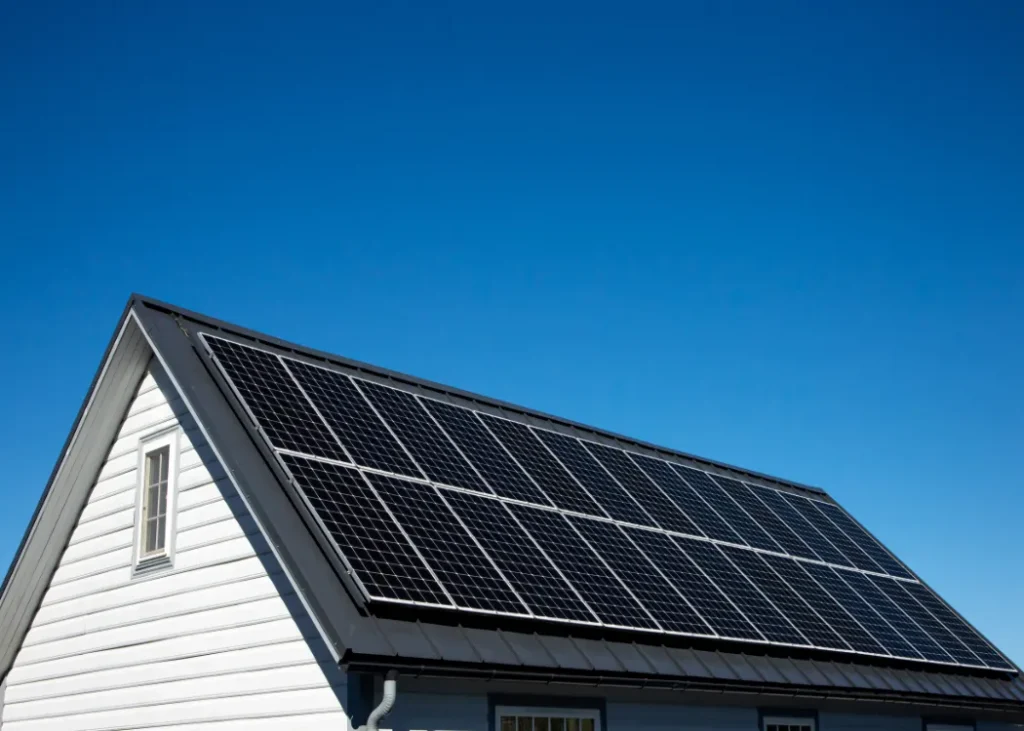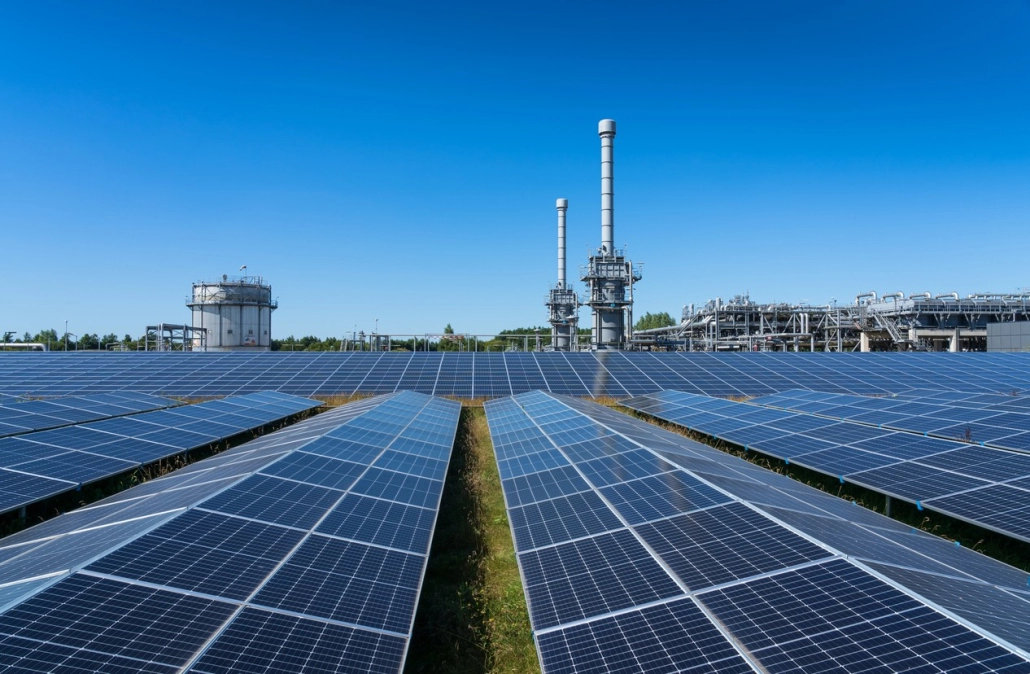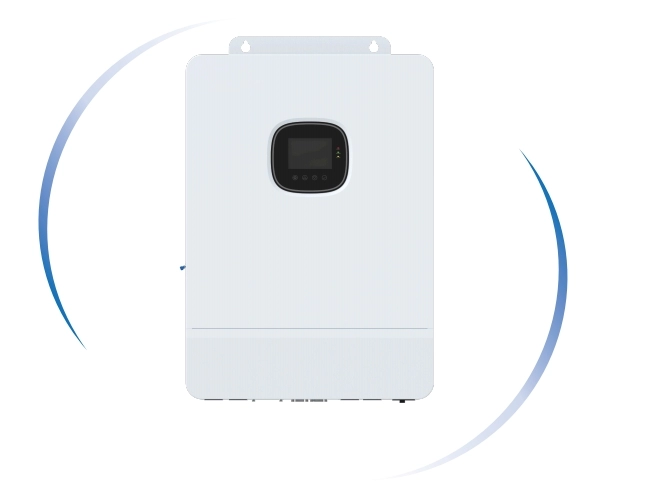How do solar flood lights solve the garden lighting problem in landscapes?
Garden landscape lighting often faces uneven lighting, high installation costs, and limited power access. Traditional wired systems require trenching, pipe running, and wiring, which not only increases design difficulty but also increases project budgets. The popular solar flood lights can utilize renewable energy, simplify installation, and enhance the garden atmosphere. Garden solar flood lights integrate photovoltaic panels, efficient LED arrays, and intelligent control functions to meet all aspects of garden lighting without needing an external power grid. Whether in an urban backyard or a large estate in South America, it can provide reliable, environmentally friendly lighting for landscapes of all sizes.
Solar flood lights bring energy independence and cost savings for landscape lighting.
One of the main advantages of solar flood lights is their energy independence. By converting sunlight into stored electricity, these solar flood lights can save money on monthly electricity bills and reduce the carbon footprint. For homeowners living in the sunny savannah of Brazil or high-altitude villas in Argentina, this means consistent garden lighting without worrying about rising electricity bills or power outages. In addition, compared with traditional systems, no trenching or wiring is required, which can reduce upfront installation costs by up to 50%. In addition, the LED solar flood lights provided by BARANA use high-efficiency solar panels to provide 8-12 hours of uninterrupted lighting per charge. This combination ensures the garden landscape remains beautifully illuminated from dusk to late at night, even in areas with changeable weather.
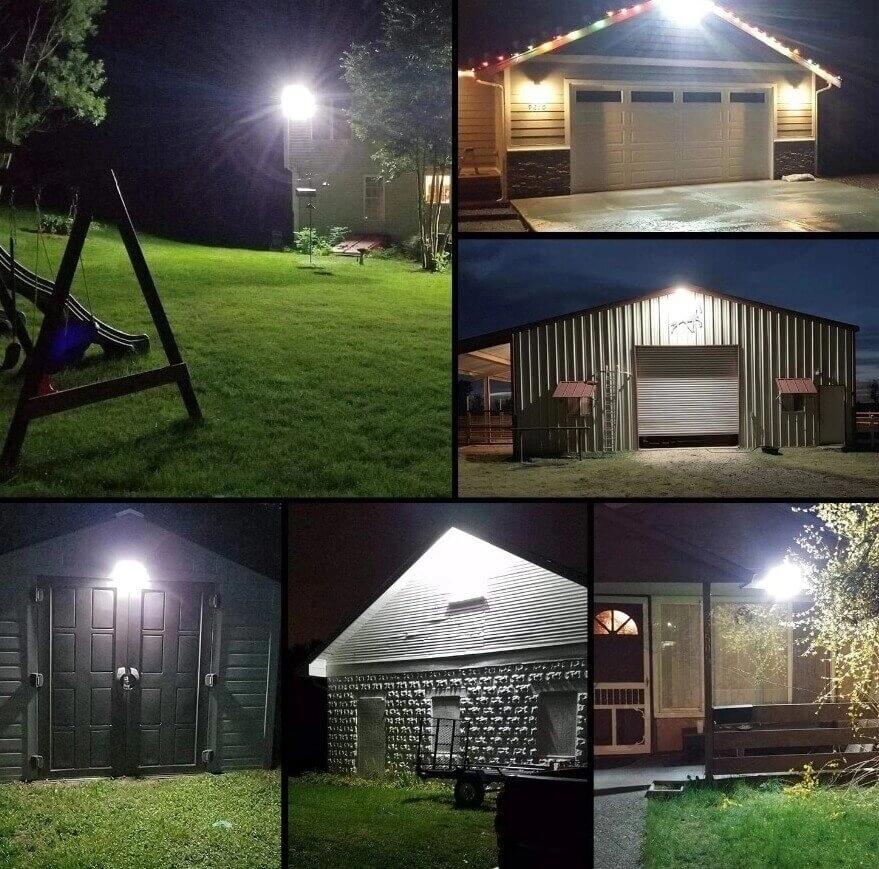
Easy to install and flexible placement in the garden
Due to the limitations of wired connections, gardeners and landscape designers often have difficulty placing lights where they are most needed. Each unit of the solar flood light operates independently and only requires a sturdy ground stake or pole stand, without the need for an electrician. Even if you are in the seaside area of Chile or a mountain cabin in Peru, installers can quickly adjust the position of the lights to accommodate seasonal plants or new landscape features. At the same time, BARANA’s solar outdoor flood lights are equipped with adjustable brackets, allowing users to tilt the panel to the best sunlight angle and accurately aim the beam. The plug-and-play design is combined with wireless connection options that enable multi-unit synchronization. In addition, modular expansion kits can seamlessly add additional lights as the landscape changes so that consistent lighting can be maintained.
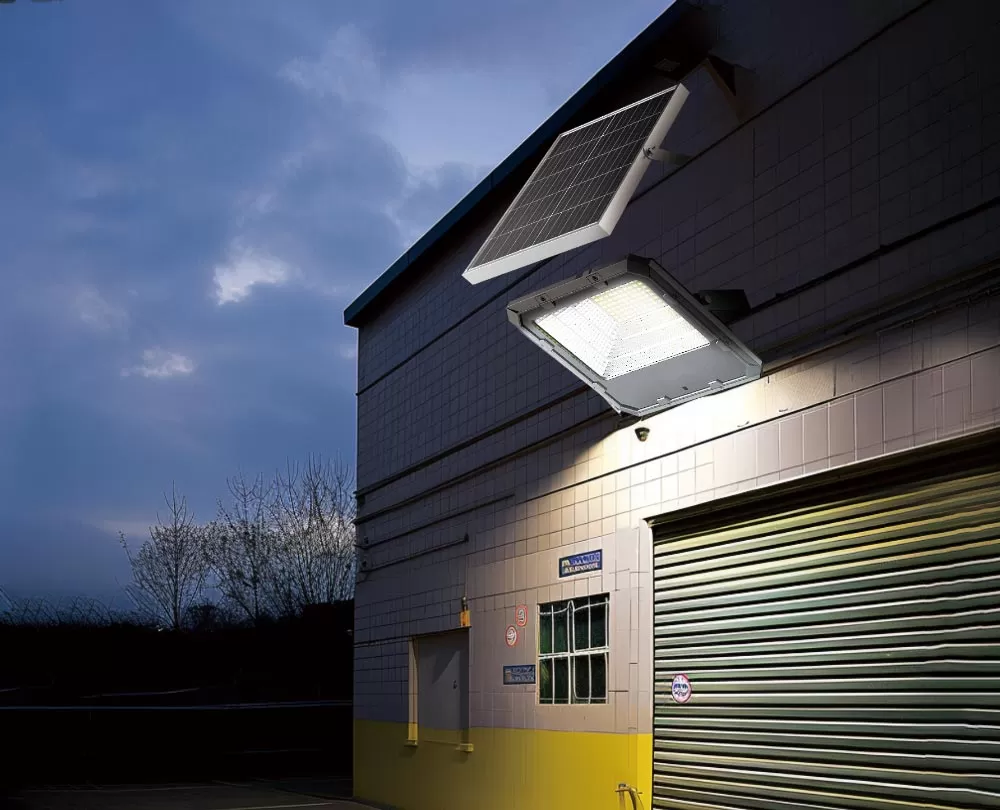
Durability and weather resistance for all climates
Outdoor environments expose lighting fixtures to rain and moisture. BARANA builds its solar flood lights with an IP67-rated housing and aluminum alloy, ensuring corrosion and water resistance. They continue to operate seamlessly even in monsoon rains and intense UV exposure. The included anti-glare tempered glass lens and powder-coated finish withstand physical impacts and prevent fading. These durable features ensure a more than five years of reliable service life, reducing maintenance costs and minimizing downtime even in the harshest environments. In addition, the manufacturer conformally coats the internal electronic components to prevent moisture intrusion, while the heat sink maintains a stable operating temperature under direct sunlight.
Smart Control and Motion Sensing for Solar Flood lights
The solar flood light for garden security integrates smart motion sensors that detect human or animal movement within a 120° field of view and a range of 30 feet (about 9 meters). Once triggered, the light brightness reaches 2000 lumens, deterring potential intruders and guiding homeowners to safe passage. The integrated automatic brightness sensing function optimizes lighting according to environmental conditions and activates the light at sunset. Additionally, programmable timers and remote app control allow for customizable light schedules. In suburban South American homes, these LED solar flood lights combine energy-efficient lighting with responsive safety features, giving residents peace of mind without ongoing energy costs.
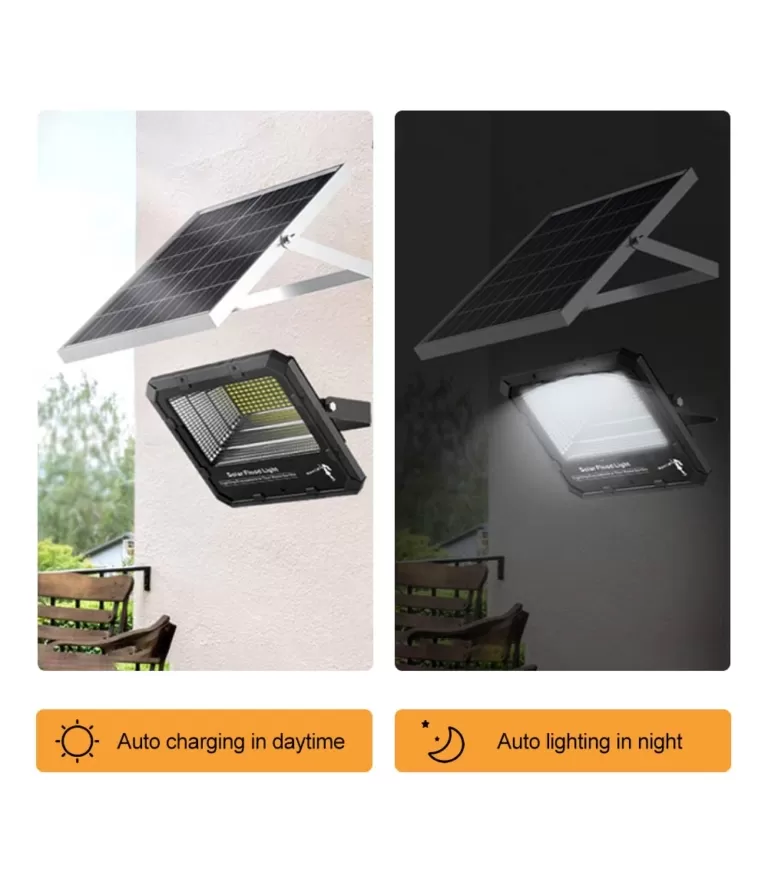
Enhance landscape design with color and effects.
Beyond functional lighting, BARANA’s solar flood lights enhance the garden’s beauty with a wide range of color and effect options through a customizable approach. Multiple color combinations are possible with RGBW LED arrays, perfect for accenting tropical foliage in a Brazilian patio or adding soft, warm tones to Chilean patio sculptures. Dynamic mode brings light effects to outdoor gatherings. This creative flexibility transforms an ordinary garden into an immersive landscape, demonstrating the power of modern solar floodlights to blend form, function, and festive ambience. Customizable beam angles and lens accessories further enable precise light shaping.
Reliable, eco-friendly garden lighting
Solar floodlights solve garden lighting challenges with energy independence, cost savings, and installation flexibility without compromising durability or design potential. BARANA’s complete line of solar floodlights ensures optimal lighting for landscapes in South America and beyond. By leveraging advanced solar and lighting technologies, homeowners and landscape professionals can create safer, more beautiful outdoor environments that embody sustainability and innovation.

